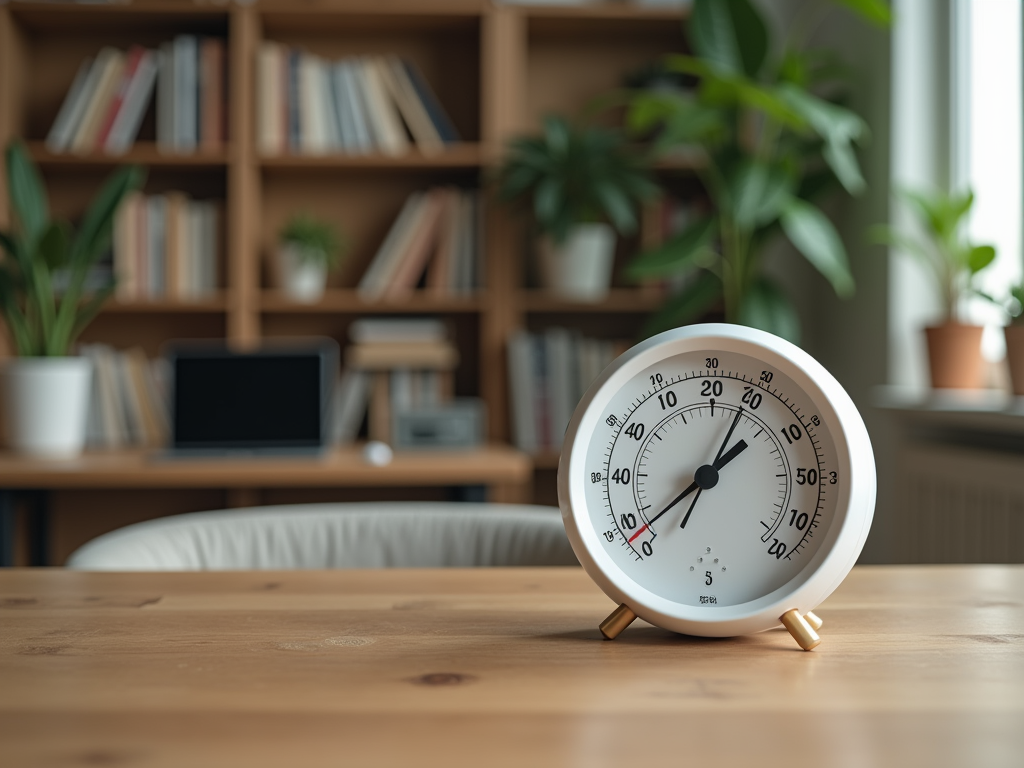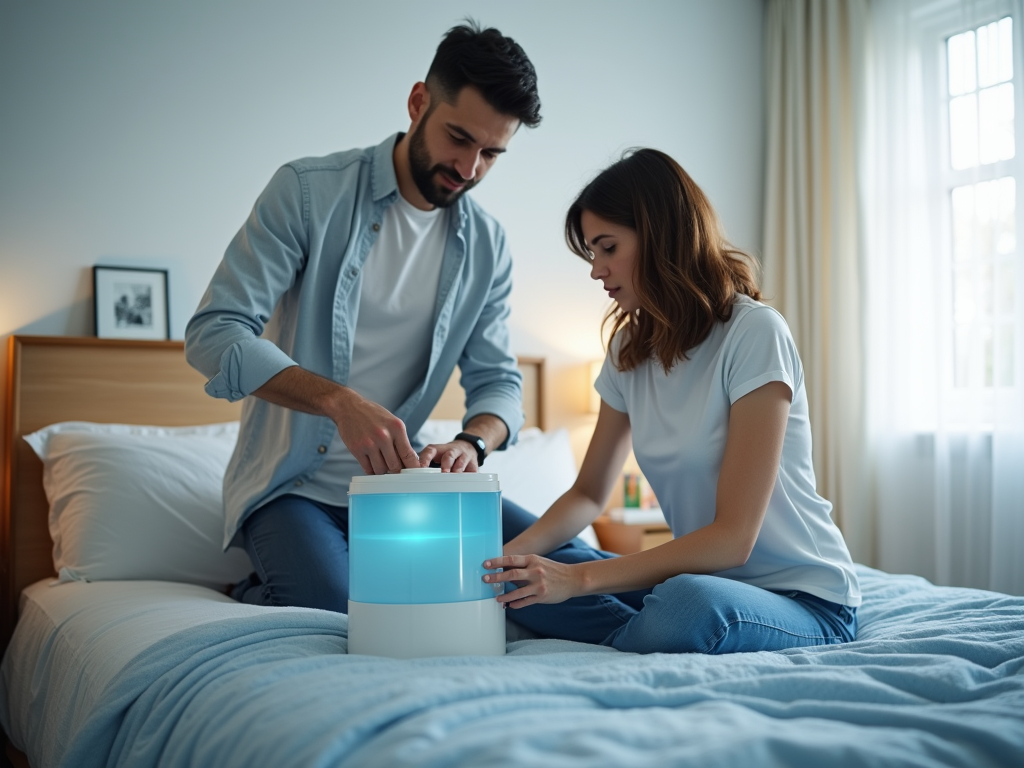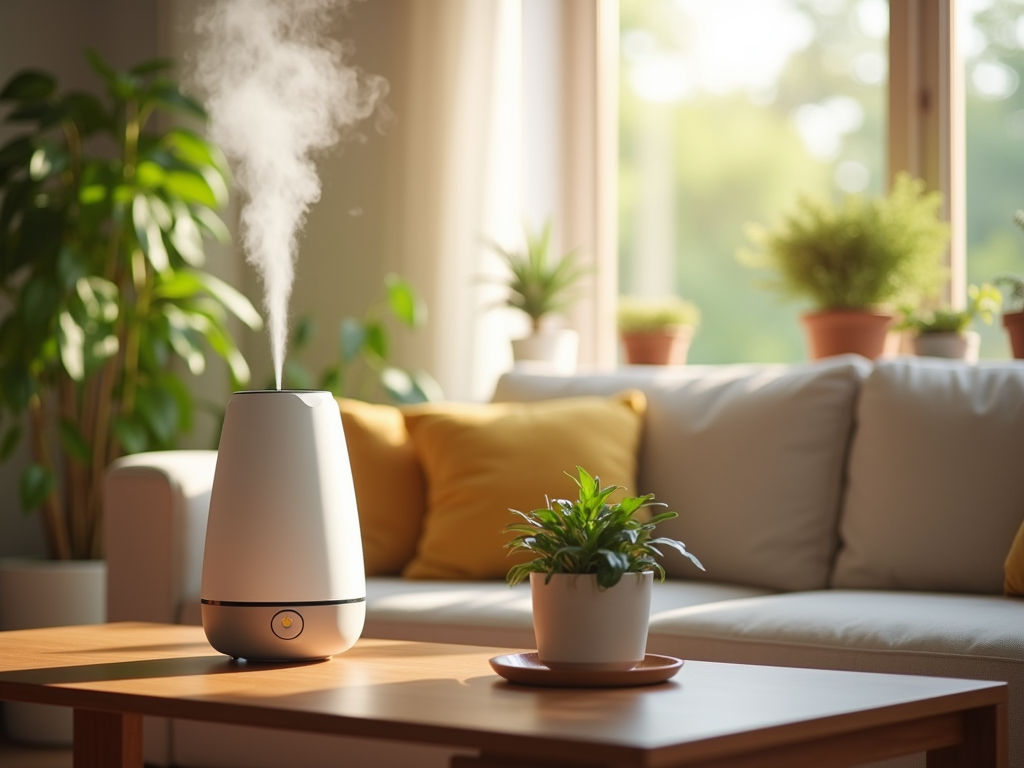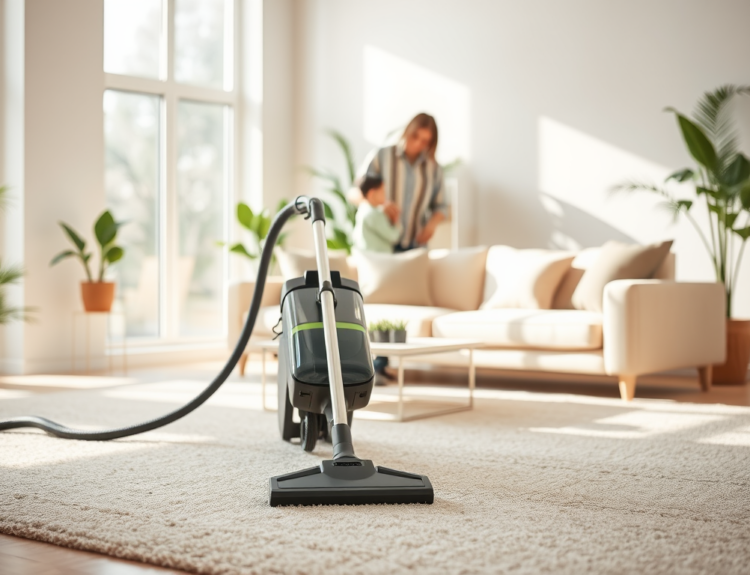Low humidity in your house means that the air holds little moisture. This condition, prevalent in colder months or in dry climates, can have significant effects on your home environment, health, and comfort. Understanding the implications of low humidity can help you maintain a healthier indoor atmosphere. In this article, we will explore the causes, effects, and solutions related to low humidity levels in your home.
Causes of Low Humidity in Your Home

There are several factors that contribute to low humidity levels in homes. Here are the most common causes:
- Dry Climate: Areas with naturally low moisture in the air will experience persistent low humidity.
- Heating Systems: Central heating systems or space heaters can significantly lower humidity levels by warming the air without adding moisture.
- Ventilation: Poor ventilation can lead to moisture being lost, especially during colder months when windows and doors are closed.
- Air Conditioning: Like heating systems, air conditioning removes moisture from the air as it cools your living space.
- Seasonal Changes: Winter months often bring lower humidity levels due to cold air holding less moisture than warmer air.
Effects of Low Humidity on Health

Maintaining low humidity levels can have various health implications. The effects can range from mild discomfort to more serious health issues. Here are some common health concerns associated with low humidity:
- Dry Skin: Low humidity can lead to dry, flaky skin, which can be uncomfortable and possibly result in skin conditions.
- Respiratory Issues: Dry air can irritate the respiratory tract, leading to conditions such as dry throat, sinus congestion, or even nosebleeds.
- Increased Allergens: Dust and other allergens can become airborne in dry conditions, potentially exacerbating allergies and asthma symptoms.
- Static Electricity: Low humidity increases the likelihood of static shock, which can be annoying and inconvenient.
- Difficulty Sleeping: Dry air can lead to discomfort during sleep, making it harder to achieve restful slumber.
Low humidity doesn’t just affect health; it also impacts your home’s structure and furnishings. Here are some risks associated with low humidity levels:
- Wood Damage: Wooden furniture and flooring can shrink, crack or split when exposed to dry air for extended periods.
- Paint and Wallpaper: Dry conditions may cause paint to chip or peel and wallpaper to lose its adhesive, leading to costly repairs.
- Houseplants: Many houseplants thrive in humid environments, and low humidity can lead to wilting or plant death.
- Increased Energy Bills: As heating systems work harder to maintain comfortable temperatures in dry air, your energy bills can rise.
- Humidity-Dependent Devices: Items like pianos and string instruments may be adversely affected by low moisture levels, leading to tuning issues.
How to Manage Low Humidity in Your Home
Managing low humidity is essential to maintain health and comfort. Here are some effective strategies to increase humidity levels:
- Use a Humidifier: Investing in a good quality humidifier can directly add moisture to the air, providing immediate relief.
- Ventilate Your Home: Open windows on humid days or run exhaust fans to exchange dry air for more humid air.
- Houseplants: Introducing plants can naturally increase humidity as they release moisture into the air through a process called transpiration.
- Water Basins: Placing bowls of water near heating sources can slowly release moisture into the surrounding air.
- Dry Laundry Indoors: Hanging wet towels or clothing can provide moisture while drying, helping to humidify the air.
Conclusion
Understanding what it means to have low humidity in your house is crucial for maintaining a healthy and comfortable environment. It affects both your physical well-being and the longevity of your home’s contents. By recognizing the causes and effects of low humidity and implementing effective management strategies, you can significantly improve your home atmosphere. Taking appropriate steps can create a more balanced humidity level, promoting better health while protecting your home.
Frequently Asked Questions
1. What is considered low humidity indoors?
Low humidity indoors is generally defined as levels below 30%. Most households find comfort in a range between 30% and 50% humidity.
2. How can I measure humidity levels in my home?
Humidity levels can be measured using a hygrometer, which is a simple device designed to provide accurate humidity readings.
3. Can low humidity cause headaches?
Yes, low humidity can lead to dehydration and inflammation of mucous membranes, both of which can contribute to headaches.
4. Is low humidity good for my home?
While some people may prefer drier air, excessively low humidity can damage furnishings and negatively affect health, making a balanced level more desirable.
5. How often should I use a humidifier?
Use a humidifier as needed, particularly during dry seasons. Monitor humidity levels to ensure they stay within a comfortable range, typically between 30% to 50%.



